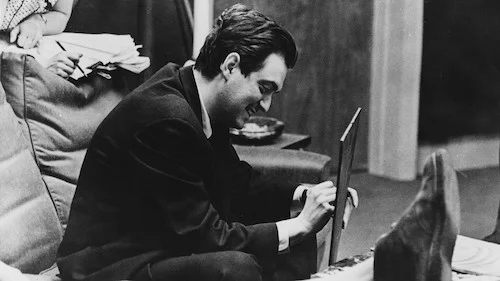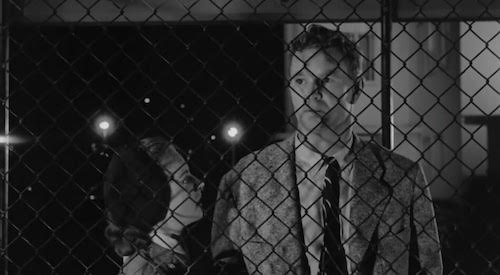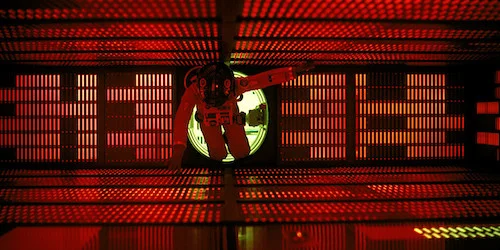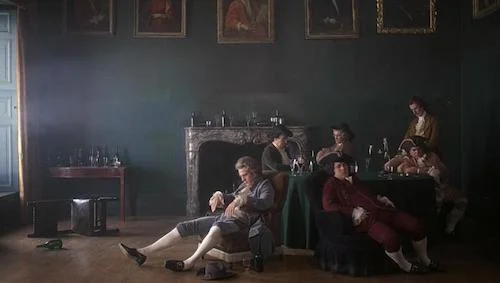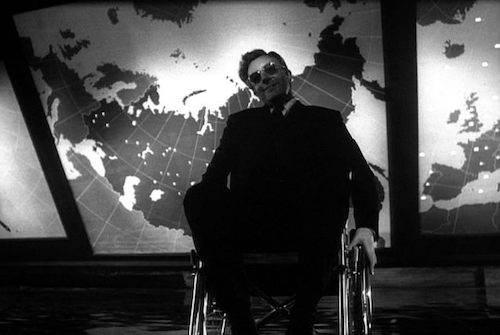Stanley Kubrick: Five Films for Newcomers
It feels a little silly to make an introductory piece to the works of Stanley Kubrick on a film editorial website. Chances are you already know the filmmaker inside and out. Our Eyes Wide Shut review received a noticeable amount of attention. The guy is hardly misunderstood. Narrowing down his works to just five selections is hard enough, and he didn’t even make that many films. He’s already been acclaimed from all corners of the Earth and all walks of life. However, there are chances that you are new to his works, and are actually looking for a place to start. Well, to celebrate his birthday, it never hurts to be one of a million writers who has lauded the great director. If you are curious to check out his films, this may be your influence to begin your quest. Here are five films for newcomers of the works of Stanley Kubrick.
You can consider these films my five personal favourites of his, but the order is not indicative of how I would rank them (I personally don’t even know how I would). Ranking is dependent on how I feel beginners will respond to these films.
5. The Killing
A rare short film in Kubrick’s filmography, and perhaps his bleakest film. The Killing was Kubrick’s first masterpiece in a string of many. All you witness is one heist at the local race track. That’s it. How much Kubrick can wring out of the narrative in just an hour and a half is a testament to the capabilities he knew he had but could not execute early on. The pacing is also much more rhythmic than his usual droning works, so be prepared to feel your heart race.
4. Paths of Glory
Another short film, but the emotional weight here will linger with you for weeks. You get just a taste of war in Paths of Glory, and that’s all you need. Witnessing the moral conflicts that take place thereafter is what will really tear you apart. Soldiers refuse to partake in what is seemingly a suicide mission during war, and now have to defend themselves in the court of law for showing cowardice. If you can even take time to settle down during this riveting tale, you’ll begin to see early signs of Kubrick utilizing his knowledge of photography here. You won’t believe this film was shot in 1957. It’s far too advanced.
3. 2001: A Space Odyssey
When Kubrick began to flex his muscles for aesthetic arrangements, that’s when his most polarizing (at the time) works started to get released. Films like A Clockwork Orange, The Shining, and Eyes Wide Shut don’t sit well with everybody. His most adventurous trek into more challenging territory is 2001: A Space Odyssey: a gorgeous cryptic take on the advancement of humanity through technology. We leap from the primitive era into the voids of space, and both the past and future are impeccably captured through breathtaking special effects (they are still astounding to this day). Perhaps the best shot film of all time, 2001 may not make sense to everyone (its abstract take on a narrative is largely interpretational), but its astounding experience cannot be denied.
2. Barry Lyndon
Perhaps the greatest period piece film ever conceived, Barry Lyndon is a slow moving, pastel coloured daydream that turns a tale of old into a moving painting. Seriously. Pause the film at any second, and you will experience a new still that resembles the works of the rococo era. The pacing is a bit glacial, but it allows you to truly soak in all of the stunning visuals, and moving melodies. Special cameras were created to use natural lighting, including in rooms that are only candlelit (resulting in more incredible imagery). Barry Lyndon has been described as Kubrick’s most emotional film, and its focuses on domestic complexities certainly proves that case.
1. Dr. Strangelove or: How I Learned to Stop Worrying and Love the Bomb
Dr. Strangelove is maybe Kubrick’s easiest film to watch, and far from sacrificing its reward as a result. If Kubrick’s images were highly detailed, it only makes sense that his comedy is, too. To this day, Dr. Strangelove remains the definitive satire, and the untouchable political comedy; it flat out is one of the best comedies of any sort, bar none. Despite being silly, Dr. Strangelove still carries hefty commentary (on the idiocies politics conjure up, even during times of crisis), fantastic cinematography (we’re still dealing with Kubrick, here), and a legitimately involving story (how will these three different perspectives collide?). Boasting a triple performance by Peter Sellers (as three completely different individuals), George C. Scott’s practice takes (much to his chagrin), and many of film’s greatest lines (“Gentlemen, you can’t fight here! This is the war room!” never gets old), Dr. Strangelove may be the best place to start if you want to discover the joys of Stanley Kubrick.
Andreas Babiolakis has a Masters degree in Film and Photography Preservation and Collections management from Ryerson University, as well as a Bachelors degree in Cinema Studies from York University. His favourite times of year are the Criterion Collection flash sales and the annual Toronto International Film Festival.

